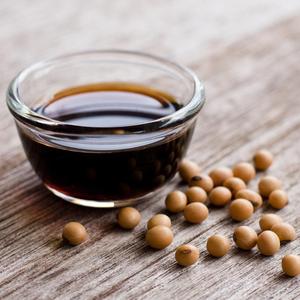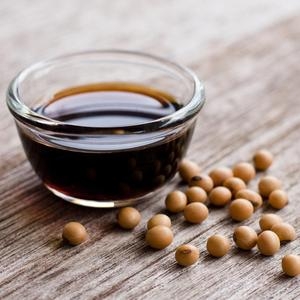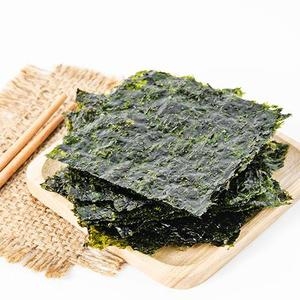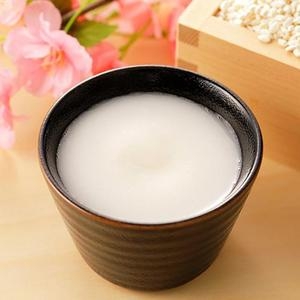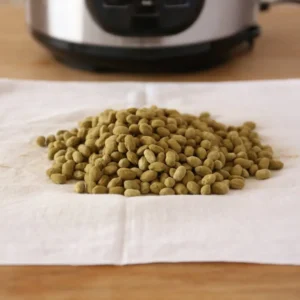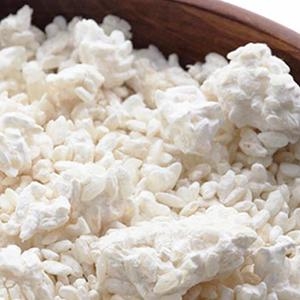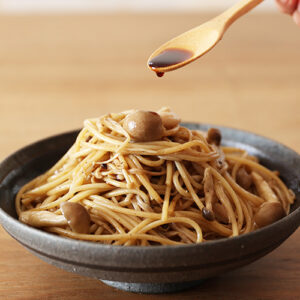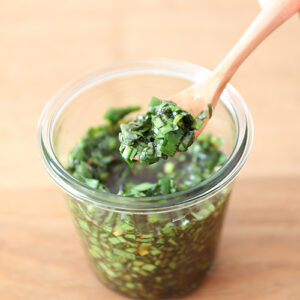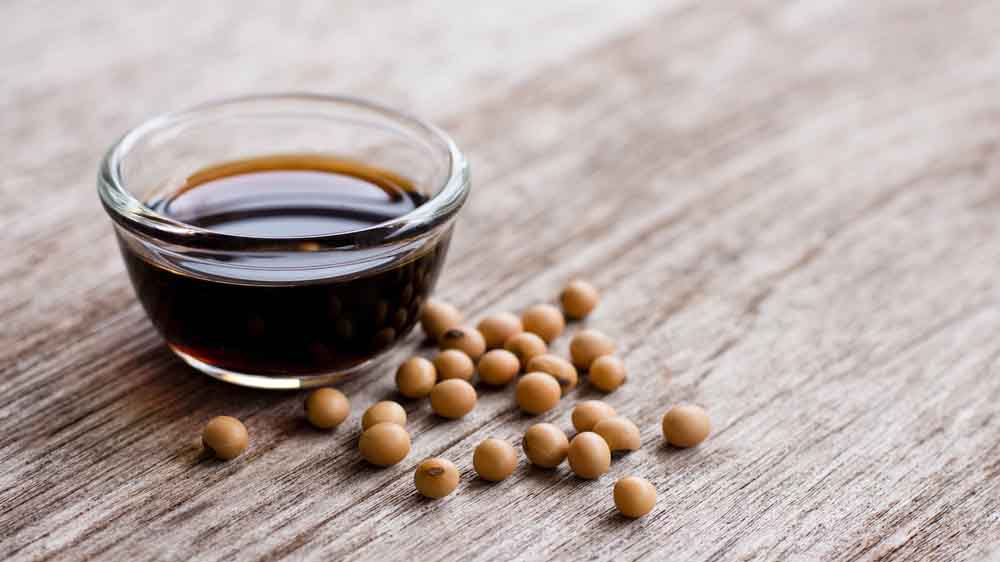
Want to try Shoyu but allergic to soy and gluten? Fear not! In this article, Kawashimaya introduces 4 best soy sauce substitutes that are not only easily available but comes close to Shoyu’s unique flavour. You’ll also be met by a recipe to replicate Shoyu at home. Read on to find out more!
 Content List
Content List
- What is Shoyu?
- Best Japanese Soy Sauce Substitutes Available At Home
- Substitute 1: Tamari Sauce
- Substitute 2: Worcestershire sauce
- Substitute 3: Umeboshi Vinegar
- Substitute 4: Miso Paste
- Easy Homemade Soy Sauce Substitute Recipe
- Japanese Soy Sauce Substitute FAQ
- Recommended Soy Sauce Substitute Products
- Recommended Shoyu Products
What is Shoyu?
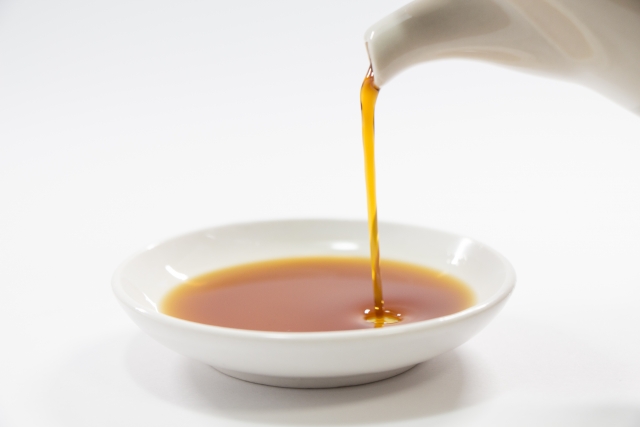
Shoyu, or Japanese soy sauce, is considered the most essential ingredient for Japanese cooking. Some say that the absence of soy sauce in Japanese cooking resembles cooking Italian cuisine without olive oil! Now that’s news.
Shoyu is made by the composition of soybean, wheat and salt through a series of fermentation and filtering processes. The process is aided by koji- malted rice, necessary to create delicate flavours of Japanese soy sauce. Depending on the fermentation period, shoyu produces five tastes: umami, sweet, salty, bitter and sour. The best shoyu are usually the ones that have been fermented for two years or longer.
While most Japanese cuisine uses soy sauce for its defining taste, some may not be able to enjoy it to its full capacity due to the soy and the gluten contents. Soy is known to be a common allergen, particularly among children although they seem to outgrow soy allergy when they get older. In some cases, allergy to soy continues into adulthood. Those with gluten intolerance may also find it difficult to incorporate the goodness of shoyu in their everyday diet.
Thankfully, there are a few soy sauce substitutes available today to fit individual needs. Read on to find out more!
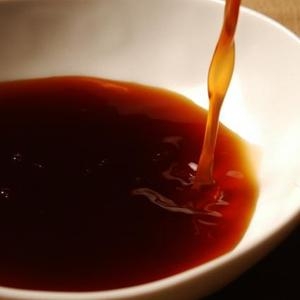
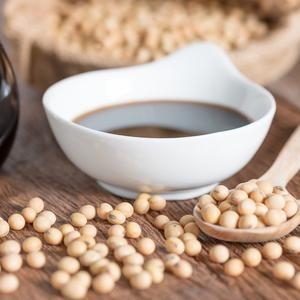
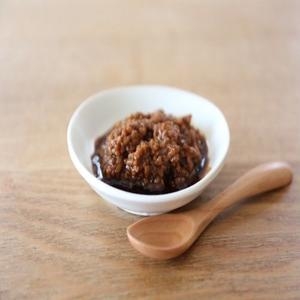
Recommended Products for Shoyu
Best Japanese Soy Sauce Substitutes Available At Home
Here are some alternatives to shoyu for those who suffer allergies to soy, or reaching out for gluten-free shoyu! While these substitutes may not fully replace the savoury profile and umami goodness of traditional soy sauce, we say it’s worth the try.
Below are four variations for soy sauce substitutes.Substitute 1: Tamari Sauce
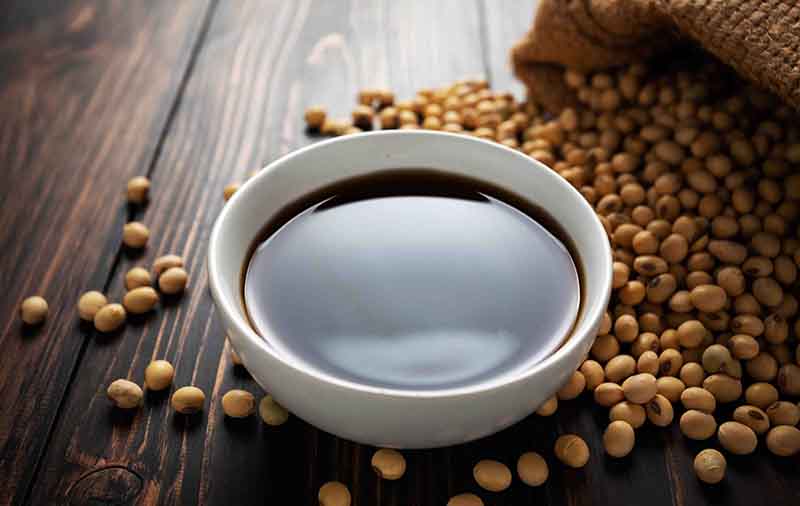
Tamari Sauce is an excellent gluten-free substitute for Shoyu. Instead of wheat, tamari sauce uses rice for its brewing process. In other words, tamari sauce is not only vegan friendly but possibly keto-friendly too. This wheat-free condiment is perfect for those with gluten allergies, but those with soy allergies should refrain from taking them.
This dark sauce derives from the byproduct of miso production. Tamari sauce is the liquid that accumulates during the fermentation process of soy when turning it into miso. Texture of tamari sauce is slightly thicker than regular shoyu, and can be used as a dipping sauce for sashimi and sushi. Brewed for a long time, tamari has a complex flavor profile coated by prominent umami.
This is the closest alternative you’ll find to Shoyu’s unique flavor.
Here is our personal recommendation for Tamari Sauce, check it out.
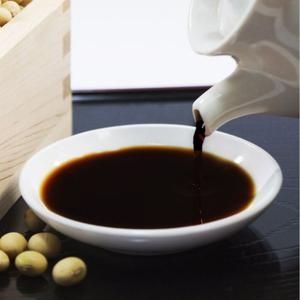
Substitute 2: Worcestershire Sauce
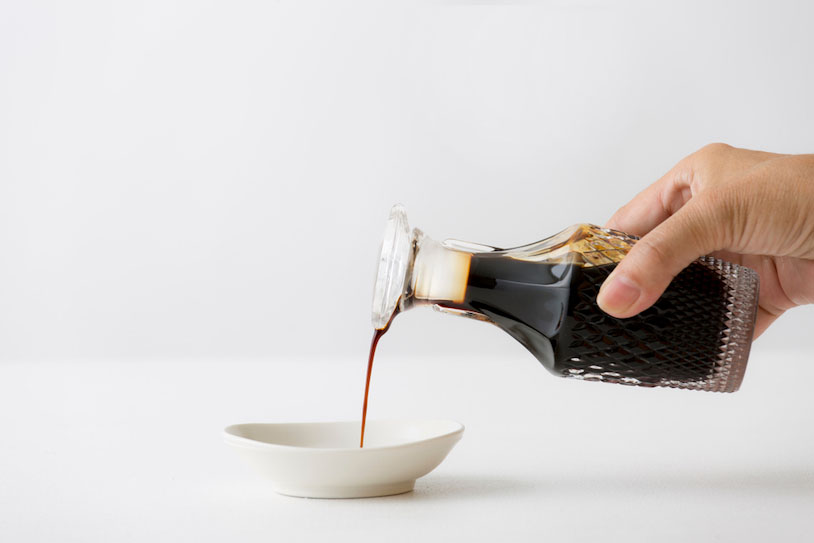
Worcestershire sauce is made with garlic, onion, tamarind, molasses, white vinegar, anchovies and other ingredients, resulting in the balance of tangy, savory and sweet flavour all at once. It is also an outstanding condiment that complements shoyu. This substitute from the UK contains no gluten or soy. However, it may not be suitable for vegetarians or vegans due to the presence of fermented anchovies. Please refer to the product packaging for more accurate information. Versions for vegans and vegetarians are available in the market today.
Pair it with a meat dish and you’ll be sure to have an unforgettable gastronomic experience!
Can I Substitute Worcestershire Sauce for Shoyu? The simple answer is yes! You can substitute Worcestershire sauce for shoyu without a doubt. However, do consider playing around and adjusting the taste to match the flavour profile of traditional shoyu. Be mindful of all ingredients when substituting Shoyu for Worcestershire sauce as your dietary needs are concerned.
Substitute 3: Umeboshi Vinegar
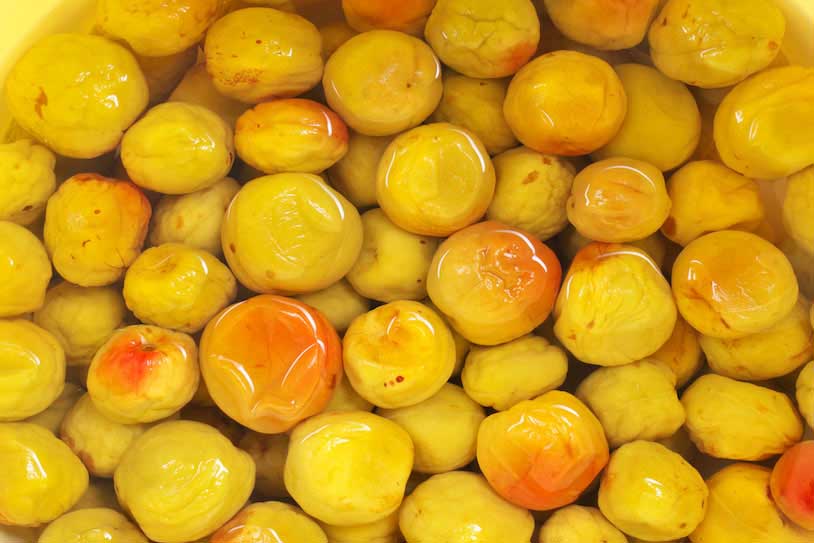
Those who are vegetarians and vegans will be happy to know that umeboshi vinegar or plum vinegar can seamlessly replace shoyu and fish sauce. Plum vinegar is the juice extracted when making umeboshi. Plum vinegar contains about 20% salt and about 4% citric acid. It has a lovely tartness and tanginess which often tastes sour and salty due to the citric content. This fruity vinegar is often found in Japanese dishes for its lovely tart, fresh flavour to salad dressings, pickles, vinegared rice, beverages, steamed vegetables, dips, sauces, and food spreads. It can also be creatively applied to vegan dishes or bringing your taste to the plate. The possibilities are endless!
Known to be a good substitute for thick and aromatic balsamic vinegar, white plum vinegar may be a tad bit stronger in terms of its acidity. But the differences aren’t overly distinguishable while cooking. That said, the flavoursome vinegar is also recommended to substitute soy sauce due to the salty content derived from natural fermentation. Simply use a few drops to balance any dish. Red plum vinegar on the other hand, contains the scent and ingredients of red perilla which could release subtle pinkish hue to your dish. Thus, white Umeboshi Vinegar may be a better substitute!
Usually reserved to vinaigrettes, there are in fact more than one use for umeboshi vinegar. While the dominant flavour of umami may slightly vary, it is still a remarkable alternative to shoyu.
Interested to try this zesty palate-cleansing flavour? Check out our Umeboshi Vinegar product here.

Substitute 4: Miso Paste
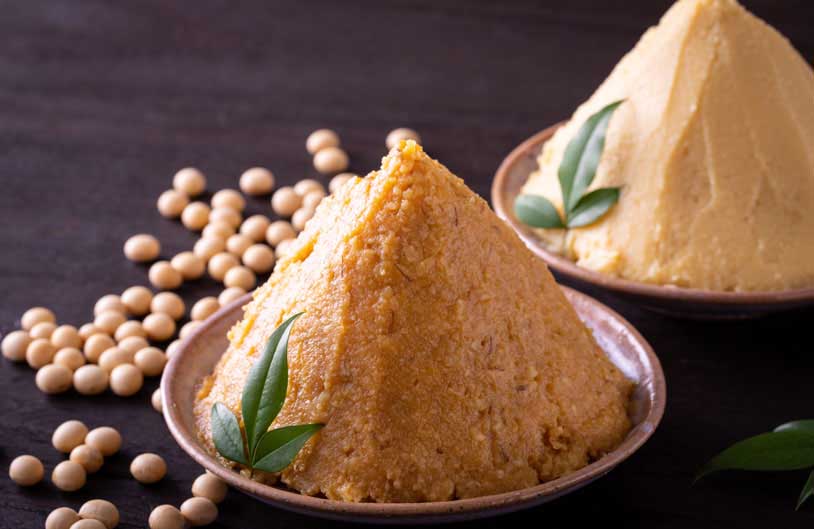
Another option to substitute Shoyu for its salty umami-rich flavours is miso paste. Like Shoyu, miso paste is fermented. This traditional fermented soybean paste is produced by fermenting soybeans with salt and koji, sometimes added with rice, barley, seaweed or other ingredients. The savory and high-protein seasoning resembles that of a soft peanut butter. In Japan, over 70% of the population starts each day with this health-giving, nutritious and warming cup of miso soup instead of coffee.
The main types of regular miso used in Japan are rice miso, barley miso, and soybean miso. While the texture of miso is naturally thicker than shoyu, miso is salty and savory like shoyu. We recommend red miso paste to yellow or white miso for its abundant carbohydrates and 13% salt content. To substitute shoyu, add a little water into the miso paste first. The ratio is 1:2, that is one miso paste to two teaspoons of water.
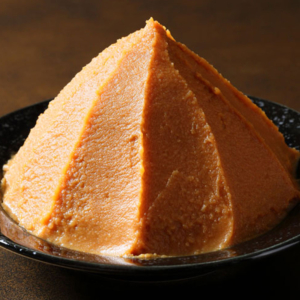
Easy Homemade Soy Sauce Substitute Recipe
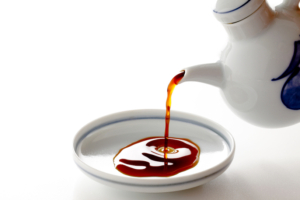
Easy Homemade Soy Sauce Substitute
Ingredients
- 1 cup Homemade or low sodium beef stock
- 2 tbsp Balsamic vinegar
- 2 tsp Apple cider vinegar
- 1.5 tbsp Cooking molasses
- 1 pinch White pepper
- 1 pinch Garlic powder
- 1 pinch Ground ginger
- Salt to taste
Instructions
- Place all ingredients, except salt, in a small pot.
- Bring mixture to a gentle simmer (small bubbles should just break on the surface), and simmer until reduced to about 2 cup.
- Season with salt, if desired, or leave as a low-salt condiment.
- Pour into a tight-sealing jar and refrigerate for up to 10 days.
How to Make Soy Sauce
Even wonder how Shoyu, an indispensable condiment in every Japanese household can also be replicated at home? Learn how you can easily elevate and add an accent to any dish with our guide to making homemade Shoyu. Click below to read more.

Japanese Soy Sauce Substitute FAQ
- What is shoyu?
- Shoyu, or Japanese soy sauce, is the most essential ingredient for Japanese cooking. It is made by the composition of soybean, wheat and salt through a series of fermentation and filtering processes. The process is aided by koji- malted rice, necessary to create delicate flavours of Japanese soy sauce. Depending on the fermentation period, shoyu produces five tastes: umami, sweet, salty, bitter and sour. The best shoyu are usually the ones that have been fermented for two years or longer.
- What can I substitute for soy sauce?
- The main alternatives for shoyu introduced in this article are Tamari Sauce, Worcestershire sauce, Umeboshi Vinegar and Miso Paste. Depending on your dietary needs, these sauces can seamlessly replace shoyu for its soy or gluten content.
- Is soy sauce gluten free?
- Most store-bought shoyu are not gluten-free because they generally contain wheat. However, there are several options available in the market that serve gluten-free versions of shoyu. One example is Tamari sauce.
- Can you use vinegar instead of soy sauce?
- Umeboshi Vinegar is a good substitute for soy sauce. Born by natural fermentation, plum vinegar contains about 20% salt and about 4% citric acid. It is very salty, and is often found in Japanese dishes for its lovely tart, fresh flavour to salad dressings, pickles, vinegar rice, beverages, steamed vegetables, dips, sauces, and food spreads. While the dominant flavour of umami may slightly vary, it is still a great alternative to shoyu.
- How to make homemade soy sauce substitute?
- What you need is beef stock, balsamic vinegar, apple cider vinegar, cooking molasses, white pepper, garlic powder, ground ginger and some salt. For more accurate measurements, find out more from our recipe here.
Recommended Soy Sauce Substitute Products
Recommended Shoyu Products
If you’ve read this far into the article and eager to try authentic Japanese soy sauce, this section is for you! Why not consider organic and carefully cultivated Shoyu that have been skilfully nurtured by craftsmen of Japan? Here are our recommendations for high quality and impeccable taste of authentic Shoyu made with natural ingredients and underwent meticulous brewing.
Buy On Amazon USA
Kawashimaya Organic Shoyu 13.8 fl oz (410ml)
High-quality organic Japanese shoyu soy sauce: Barrel-aged for over one year・Additives-free・Made from 3 ingredients・Umami packed・100% Made in Japan. The versatile umami condiment for sushi, stir-fries, meat, pasta, eggs, tofu, vegetables, and more. Just a tiny amount can elevate any dish.

